Kitchen:
- If the layout of your kitchen allows it, erect a barrier across your kitchen’s doorway to prevent your child entering while you cook.
- Ensure that all pot handles and cords don’t overhang the benches and stove avoiding the possibility of your child pulling something down on top of her.
- Use a stove/hot plate guard.
- Don’t use a table cloth with young children – one tug and the entire contents of the table can be on the floor and all over them.
- Keep detergents and cleaning substances out of reach of your child.
- Never store poisons in food containers.
- Place child-proof locks on all cupboards and drawers that are in reach of your child.
Laundry:
- If you use a nappy bucket, ensure that it is always closed securely as is stored out of reach of your child.
- Store all detergents and bleaches in a locked cupboard that is out of reach of your child.
- Make sure that all buckets are left empty.
Bathroom:
- The bathroom is one of the most dangerous rooms in the house, so never let your child ‘play’ in there and always supervise her when she is in there.
- Young children can drown in a small amount of water.
- Always start running a bath by turning on the cold tap first and then adding the hot water to it – you child can easily be scalded by hot water.
- Make sure that the running water in your bathroom does not exceed 50 degrees.
- Keep all electrical appliances out of the bathroom to avoid possible electrocution.
- Although baby ramps and seats are designed to keep your baby safe, always supervise as it is possible that she could slide out or tip over.
- When you are bathing your young child, ensure that you have everything you need in the bathroom with you before you start.
- Empty the bath water immediately after bathing your child, if you mean to come back to do it you might forget.
- Always store medications in a locked child-proof cupboard that is out of reach.
Lounge and dining room:
- Put a safety guard around any heaters or open fireplaces you may have.
- Cover all unused power points.
- Make sure that all shelving and drawers are secured to a wall or are stable.
- Ensure that any equipment – TV, DVD player, stereo – is stored in a safe and appropriate manner; all cords are tucked away, remote controls, and batteries are stored out of reach, the cabinet is stable and not top-heavy.
- Store your child’s toys in an accessible and safe place that she can get to without needing your help.
Stairs, balconies and verandahs:
- You must have a railing on stairs, balconies or verandahs that are higher than 600mm.
- The balustrade on stairs must be at least 865 mm high, unless the drop is greater than 3 metres and then it needs to be 1050mm high; on a verandah or balcony they should be at least 1000 mm high.
- If you have a high balustrade, you should also have a lower continuous handrail that your child can use.
- The gaps between the rails below the balustrade should be no more than 100 mm.
- Place lockable gates at the top and bottom of staircases to avoid the possibility of you child falling on the stairs unsupervised.
- Stairs should have a non-slip surface and you could consider putting impact-absorbing mats at the foot of the stairs
Windows
- Window restrictors should be fitted to windows with a fall height of more than 2 metres
- It is mandatory that a window restrictors are fitted to windows where the sill is less than 760mm above the floor
This article was written by Ella Walsh for Kidspot.

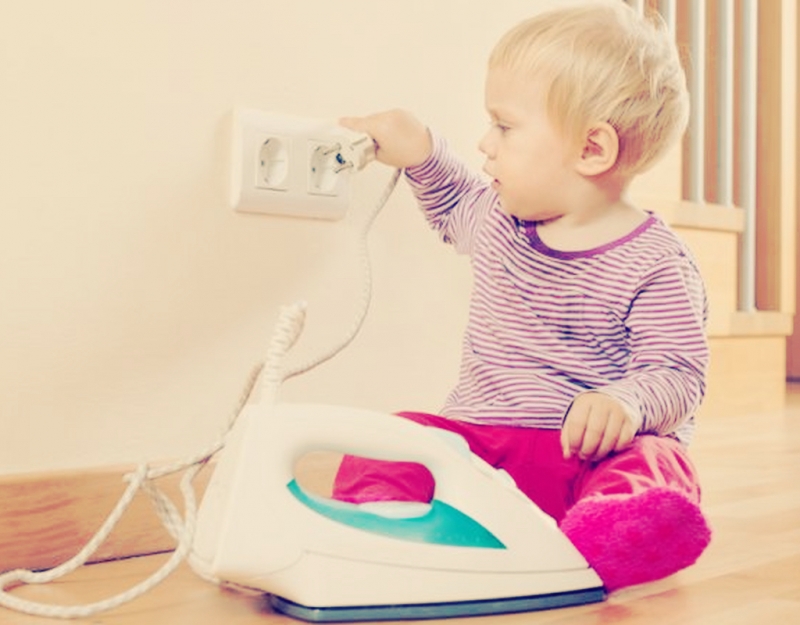

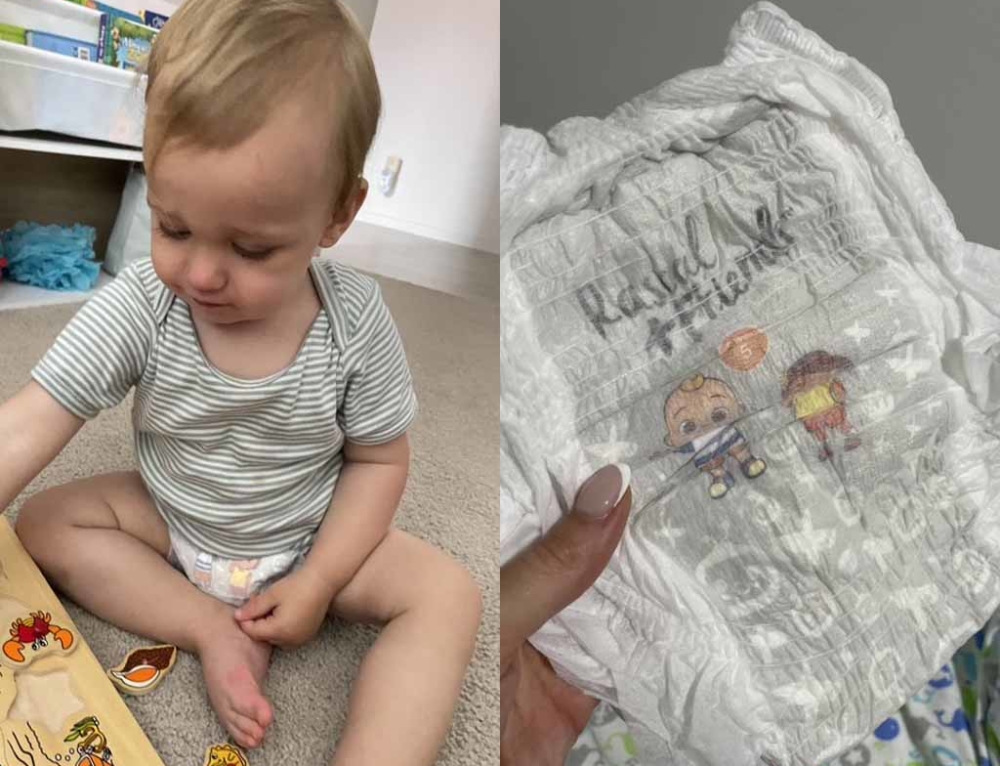
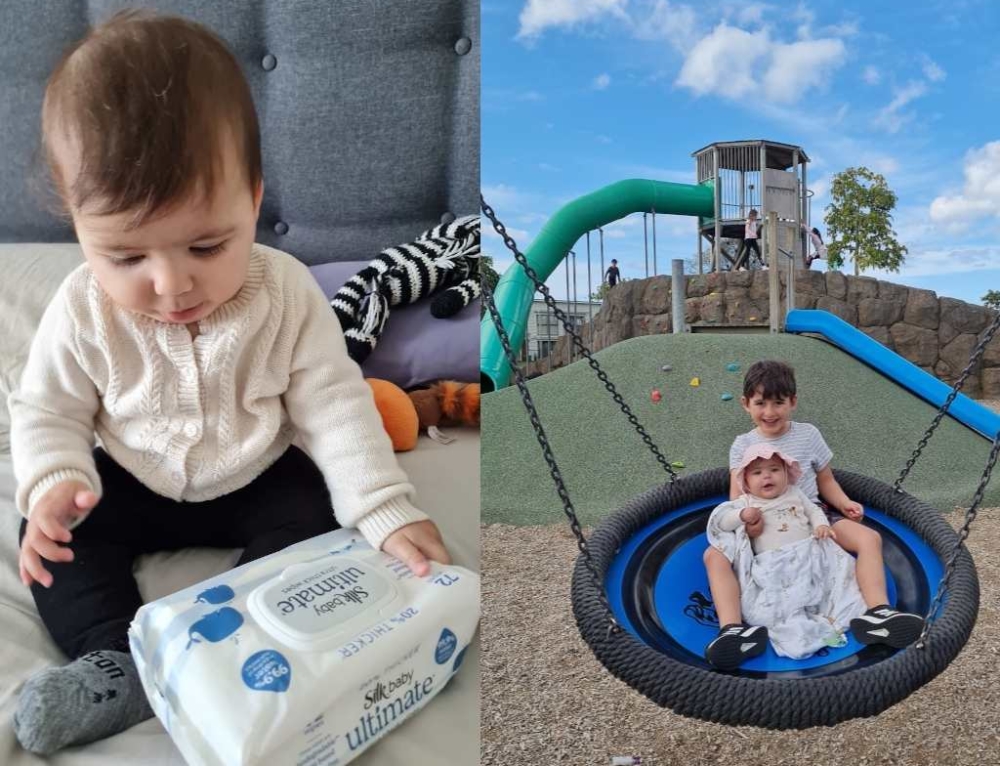
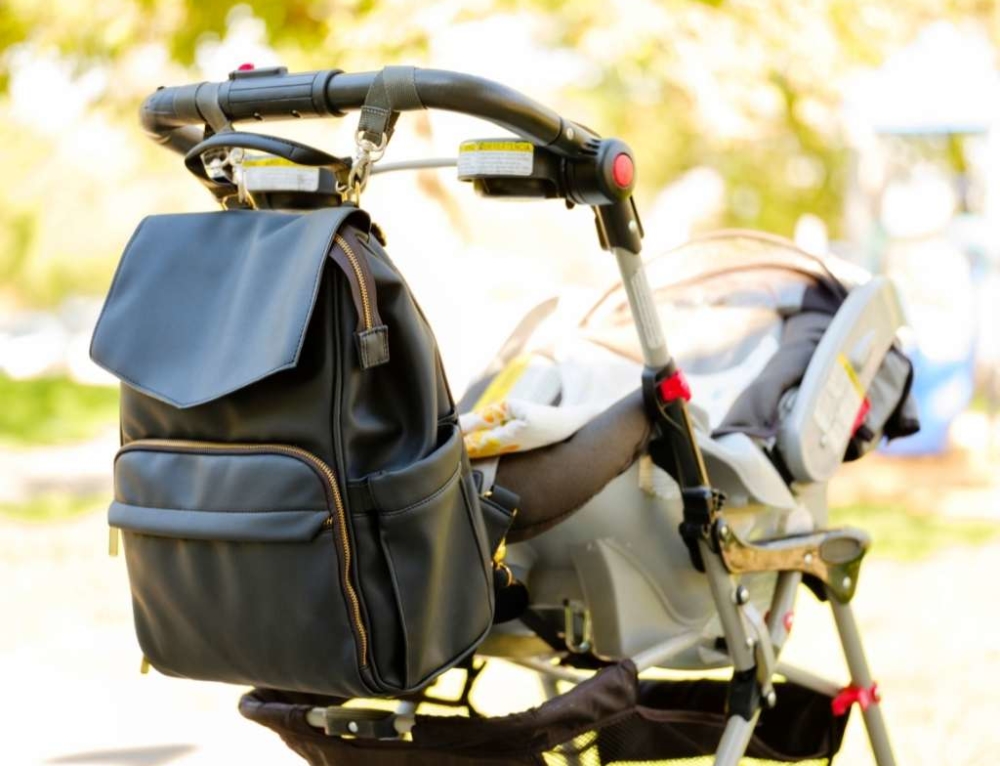
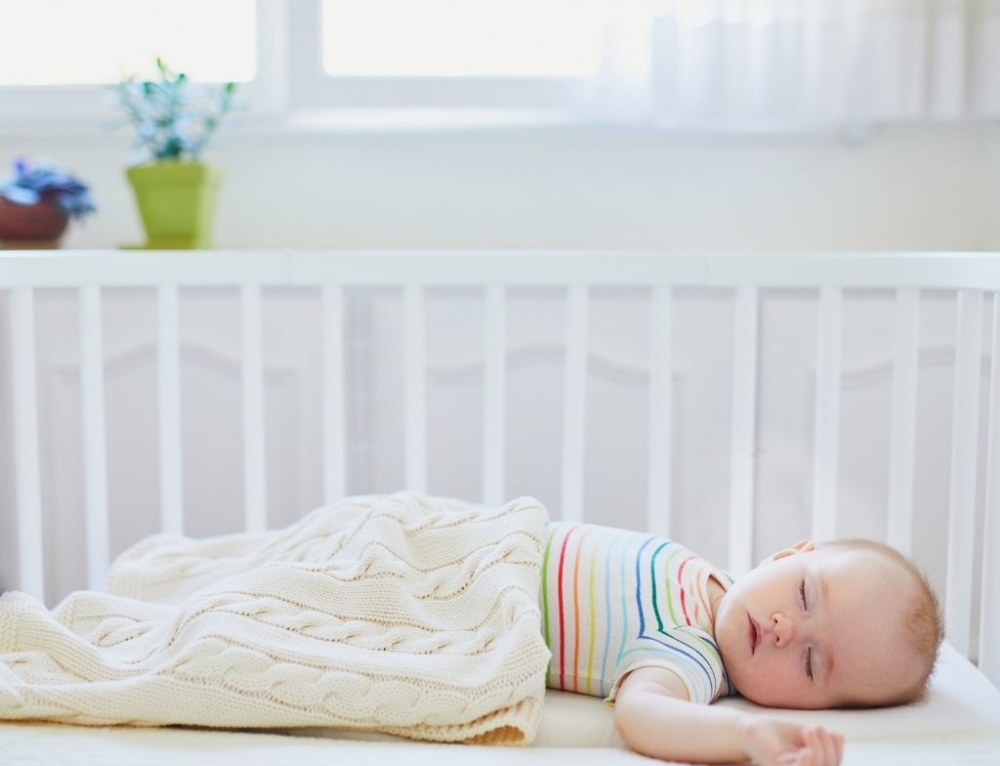
Leave A Comment
You must be logged in to post a comment.